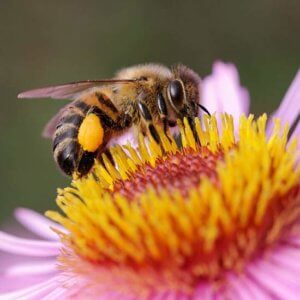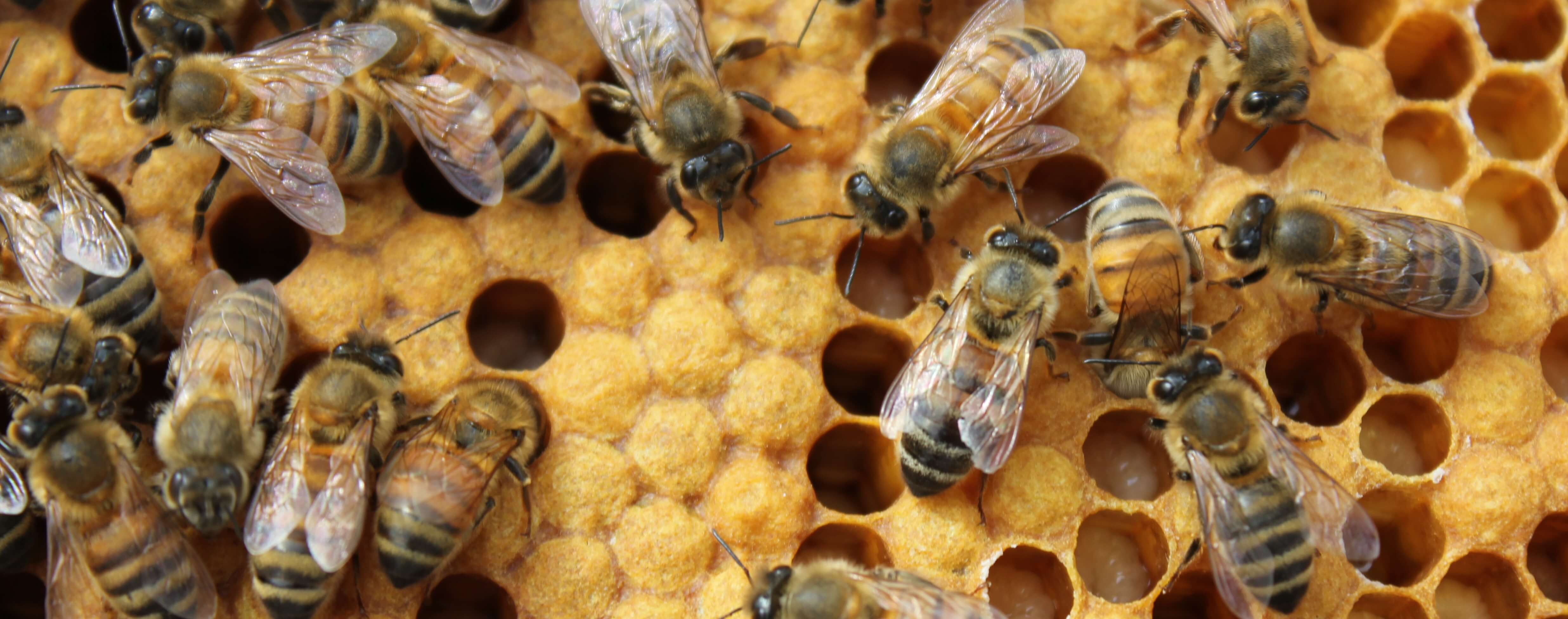Bees and pesticides (and not just insecticides) have been the focus of activists and scientists alike, particularly since a 2006-2008 wave of Colony Collapse Disorder, during which millions of domestic honeybees disappeared.
For a few years, environmental groups like the Sierra Club and Natural Resources Defense Council claimed that insecticides, particularly a class of chemicals called neonicotinoids, were the problem. In 2016, the Sierra Club said (while requesting donations):
Bees had a devastating year. 44% of colonies killed…and Bayer and Syngenta are still flooding your land with bee-killing toxic ‘neonic’ pesticides—now among the most widely used crop sprays in the country.
But more recently, in 2018, the same organization posted a different message on its blog:
Honeybees are at no risk of dying off. While diseases, parasites and other threats are certainly real problems for beekeepers, the total number of managed honeybees worldwide has risen 45% over the last half century.
As reported by the Genetic Literacy Project and other news and scientific bodies, the crisis of honeybee loss turned around to be overblown, and the connection to neonics false:
A 2014 report in the journal Environmental Toxicology and Chemistry (ETC) reviewed bee health over multiple years and reached a similar conclusion: “The epidemiological evidence from Europe shows no correlation of honeybee losses to pesticide use and indicates the presence of causal factors other than pesticides.
That ETC also noted the disjunction between controlled experiments in labs and reports from farms. When force-fed or injected with neonics, bees have shown disturbing effects. But most entomologists are cautious about the meaningfulness of such research. One of the problems is that studies monitoring bees in fields have shown little or no adverse effects where neonics are used. Lab studies that make research so attractive to scientists looking for quick answers often make it impossible to account for the complex activity in hives, which many scientists believe self-regulate, naturally clearing toxins. Neonics, ETC researchers concluded, “do not cause acute toxic effects on foraging honey bees or significant health effects to colonies.”
From one bee to another
Now, the focus for a ban on neonics and other chemicals (including glyphosate, an herbicide that has been the favored target of anti-GM activists) has switched to wild bees.
Now, says the Sierra Club, it’s native bees that “are experiencing incredible losses. Of the nearly 4,000 native bee species in the United States alone, four native bumblebee species have declined 96 percent in the last 20 years and three others are believed to have gone instinct. In the last 100 years, 50 percent of Midwestern native bee species disappeared from their historic ranges.”
The Sierra Club stops short of blaming neonics for bumblebee and other native bee losses. However, the state of California is planning to further restrict (but not ban) the neonic class of pesticides, and the USDA is making the occasional claim that honeybee populations are dropping, despite new data illustrating a bounce back from 2007-2008 and steady numbers today.
Meanwhile, the beepocalypse has shifted to the wild ones: “There’s no question that these super-toxic pesticides are taking a heavy toll on imperiled native pollinators around the world,” said Jonathan Evans, Environmental Health legal director at the Center for Biological Diversity. “Native pollinators are a critical link in our food web. We need the EPA to step up and take action to ban these dangerous chemicals before it’s too late to save our wild bees.”
But their claim misses two important points:
- The small number of native species in trouble have little to no contact with crops, A. mellifera, or pesticides.
- We have little to no idea how many wild bees exist.
A tale of two Nature papers
A 2016 paper by British researchers published in Nature Communications suggested a harmful impact of neonics both on European honeybees and wild bees. However, a chart embedded in the paper showed no such correlations. Most wild bee populations appeared to be impervious (or at least didn’t show a statistically significant drop in population) to neonics or other pesticides in use during the study period.
In 2015, Nature published the results of a three-year study, showing that only two percent of wild bee species provide the lion’s share (about 80 percent, in this case) of wild bee pollination of crops. “Threatened species contribute little, particularly in the most agriculturally productive areas,” the authors wrote.
How many wild bees are there? Good question
Another problem with the new wild “beemageddon” is that we have no idea how many species of wild bees exist. Sam Droege, a wild bee specialist with the US Geological Survey, has observed that most wild bee species seem to be holding their populations. But he’s also observed that we don’t have the same information on wild bees that’s available for the European honeybee.
“The USDA has an annual survey of categories of hives, commercial hives for honeybees. It’s a good index for honeybees,” Droege said in an interview with the Genetic Literacy Project. “Nobody has an index of feral bees. Feral bees are not tracked by anyone.”
The knowledge of wild bee populations is so inadequate it makes it nearly impossible to predict what normal populations are:
There are about 4,000 bee species in North America, and that is a guess. A number of those species are not described. There are so few taxonomists, not enough to officially name and publish all species. We’re so far behind that we have bees we know are new to science, but they’ve haven’t been recorded. We’re about 100 years behind, for example, bird specialists.
There are issues of decline in wild bees, some populations have crashed. We don’t have a bumblebee survey to answer directly. Certain species have declined so much that nobody can find them. There is not a census of bumblebee so we can’t look at statistically.

Wild bees, at least the ones we know about, also tend to be extremely specific about what they pollinate or collect nectar from. This makes their niches much narrower, and creates rare types of bees that may have gone extinct, or are simply difficult to find. But are pesticides, specifically neonics, the problem behind the declines we can document?
No, says Droege. “With a high degree of certainty, we know that that’s a pathogen, and not a habitat or pesticide issue. Neonics—nobody sprays that in wildlife refuges or national parks or places for insect control. We see these declines in bumblebees in areas of thousands of square miles where no pesticies are applied.”
In fact, a recent study by York University in Ontario found what many other scientists have found: declines in wild bee populations were due to a lack of genetic diversity (because of sparse populations and increases in inbreeding) and pathogens.
It doesn’t mean insecticides can’t kill bees. They can, and do. But without knowing how many bees we’re observing, we can’t tell. But the “beepocalypse” on species living in desert or wild environments is the stuff of hyperbole.
Andrew Porterfield is a writer and editor, and has worked with numerous academic institutions, companies and non-profits in the life sciences. BIO. Follow him on Twitter @AMPorterfield
































